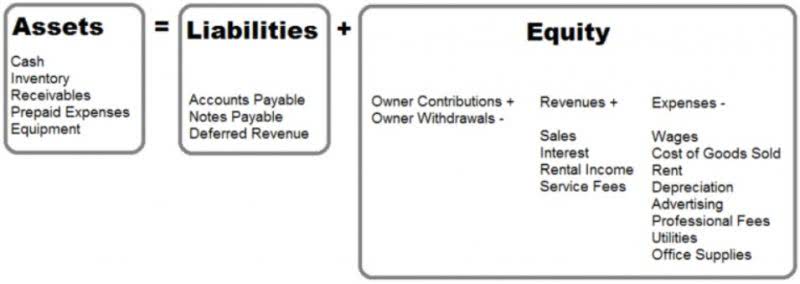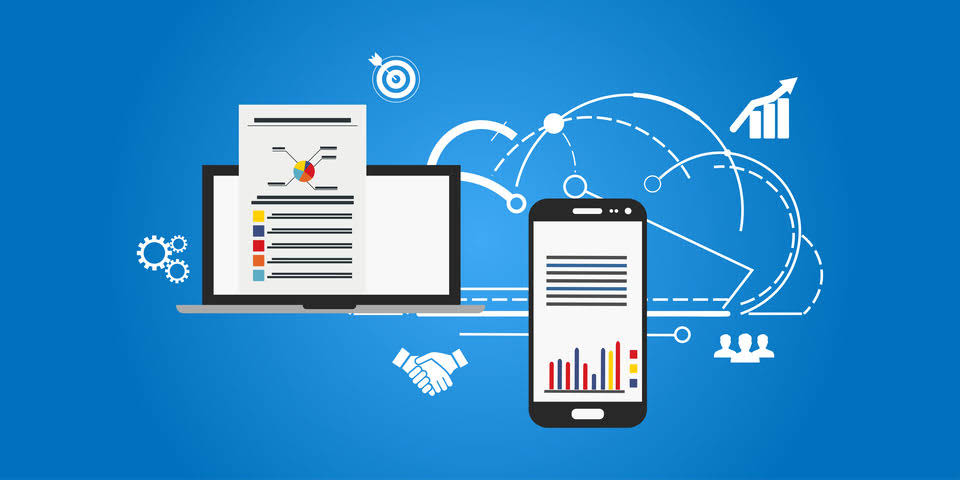
The company also used consumable supplies of $10,000 during the process. However, consumables include supplies used in the general production process. The particular materials will differ based on the underlying product and the process used to manufacture it. However, wooden tools may fall under indirect materials for other companies. However, direct material only covers those which directly contribute to the process.

Direct Costs
Price relates to how much your customers are going to pay for your finished product or service. When you produce an additional unit, you’re going to see an incremental increase in your total cost. This is the marginal product cost and they’re most often related to variable costs. When you add together both the variable costs and fixed costs they’re going to equal the total cost.
Resource Allocation
The first thing they may consider doing is lowering their production costs. If neither of these options works, producers may have to suspend their operations or shut down permanently. However, undercosting can also be a sign of inexperience or poor planning.
Period costs:
Your understanding of them will help clarify how product costs flow through the accounts and where product costs appear in the financial statements. In addition to categorizing costs as manufacturing and nonmanufacturing, they can also be categorized as either product costs or period costs. This classification relates to the matching principle product costs consist of of financial accounting. Therefore, before talking about how a product cost differs from a period cost, we need to look at what the matching principle says about the recognition of costs. When Dinosaur Vinyl requests materials to complete Job MAC001, the materials are moved from raw materials inventory to work in process inventory.
- The exact calculation will depend on the specific product and company and may include additional costs such as shipping, marketing, and administrative expenses.
- You’ll also need to consider quality assurance processes and maintenance.
- While many types of production processes could be demonstrated, let’s consider an example in which a contractor is building a home for a client.
- It’s important to include all related costs of manufacturing the product when you calculate product cost.
- Are you confused about the differences between absorption costing and variable costing?
The actual costs are then compared to the predetermined costs to identify variances and make adjustments. This method is useful when a company wants to identify areas of inefficiency and reduce costs. The marginal cost of production refers to the total cost to produce one additional unit.
- We assume, in this case, that one of the marketing advantages that the bakery advertises is 100% handmade pastries.
- Focusing on the process rather than product or product-related expenses is an initial significant divergence from conventional practice for many firms.
- This will give you an accurate view of your cost structure, and it’s also essential information when calculating taxes owed or other financial statements.
- To get an accurate, comprehensive, and reliable estimate of your total product cost, you need to gather much information on many costs.
- We assume, in this case, that one of the marketing advantages that the bakery advertises is \(100\%\) handmade pastries.
Because it comprises the production overhead required by GAAP and IFRS, product cost appears in the financial statements. Compensation, payroll taxes, and employee benefits should all be included in service product costs. Fixed costs do not vary with the number of goods or services a company produces over the short term.
Pricing should depend on your business strategy:

Accurate records are vital for understanding how much it costs to produce a product or service and maximizing profits. By staying on top of their financials, businesses can ensure that their product costs are accurate and allow them to make informed decisions. Work-in-progress (WIP) is a term used in manufacturing to describe products that are partially complete and still undergoing production.

Resources for Your Growing Business
- Fixed costs remain constant regardless of how much is produced, while variable costs vary based on production volume.
- Doing proper calculations will help with decision-making and increase business sales.
- Companies should consider the nature of their business and the impact of each costing method before making a decision.
- Learn how the recent demise of silicon valley bank affects venture lending and how this could impact innovative startups’ funding and production costs in this Forbes article.
- Out of these 500 units manufactured, the company sells only 300 units during the year 2022 and 200 unsold units remain in ending inventory.
- Usually, it consists of direct material, direct labour, factory overheads, and consumable supplies.
